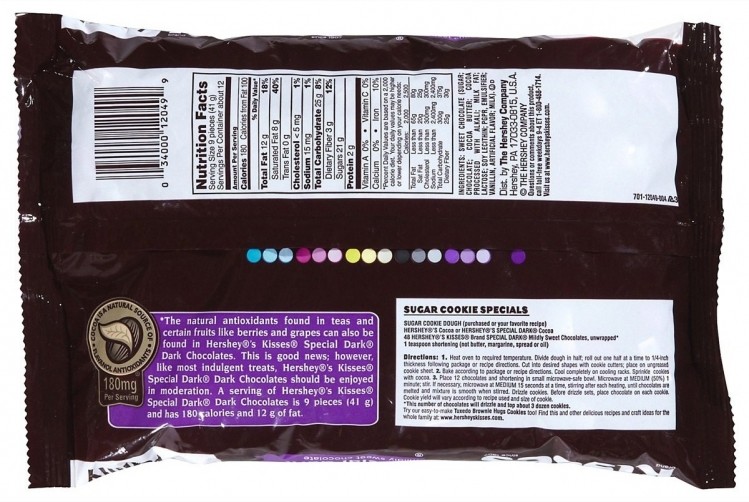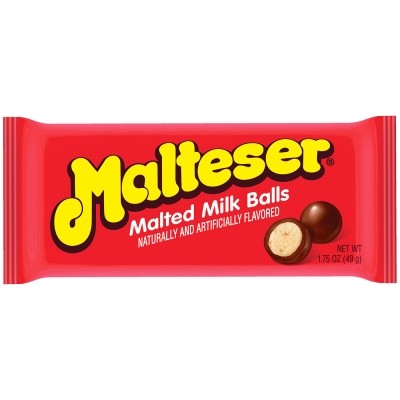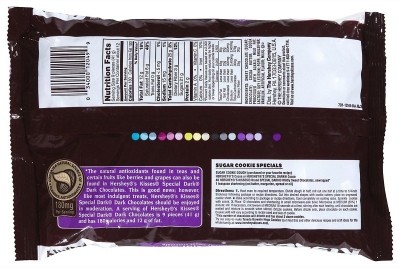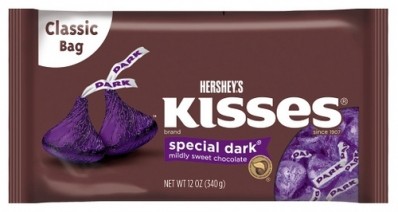Hershey only faces ‘deceptive’ antioxidant claims in labeling suit

In a Californian district court last week, Judge Edward Davila made a summary judgment dismissing the bulk of claims made by private claimant Leon Khasin.
The dismissed claims
Claims against Hershey’s nutrition content on its website were dismissed because the claimant had not viewed the site prior to purchasing products.
Other claims related to sugar free and diet claims, unlawful serving sizes and improper labeling of polyglycerol polyricinoleic acid (PGPR) and vanillin were also dismissed.
Judge Davilla said:“Plaintiff testified that he could not recall looking at Hersey’s labels, he had no concerns about the use of vanillin, the use of the term PGPR on labels did not make a difference to him at the time he purchased products, he had no concerns about mint serving size, and he had no concerns about the use of alkalized cocoa powder.”
Antioxidant claims
However, Hershey will still face claims that it misled consumers through antioxidant labeling on its Special Dark Cocoa and Special Dark Kisses because Khasin had read and relied on the antioxidant labels.
Hershey claims on labels that Special Dark Cocoa and Special Dark Kisses are a natural source of antioxidants due to the presence of cocoa flavanols. It also states the amount of antioxidants in the product. For example, Hershey’s 41 g Special Dark Kisses contain 180 mg of antioxidants, according to the product label.
Hershey: ‘plaintiffs lining pockets’
Jeff Beckman, director of corporate communications at Hershey, told ConfectioneryNews that his company was pleased with the latest ruling: “We have said all along that this case was not about the law or improper labeling but an example of plaintiffs’ lawyers trying to line their own pockets.
“We are confident that what little remains of the plaintiff’s case will ultimately be dismissed.”
FDA guidance
The Food and Drug Administration issued guidance in 2008 that antioxidant nutrient content claims can only be made if the nutrients have an established Reference Daily Intake (RDI), as well as scientifically recognized antioxidant activity.
While there are RDIs set for a variety of vitamins and minerals, there is no RDI set for cocoa under the Code of Federal Regulations. See HERE.
However, the FDA’s guidance also states: “FDA's guidance documents, including this guidance, do not establish legally enforceable responsibilities.”
EU authorities have deemed ‘antioxidant’ content claims to be an unauthorized health claim.






